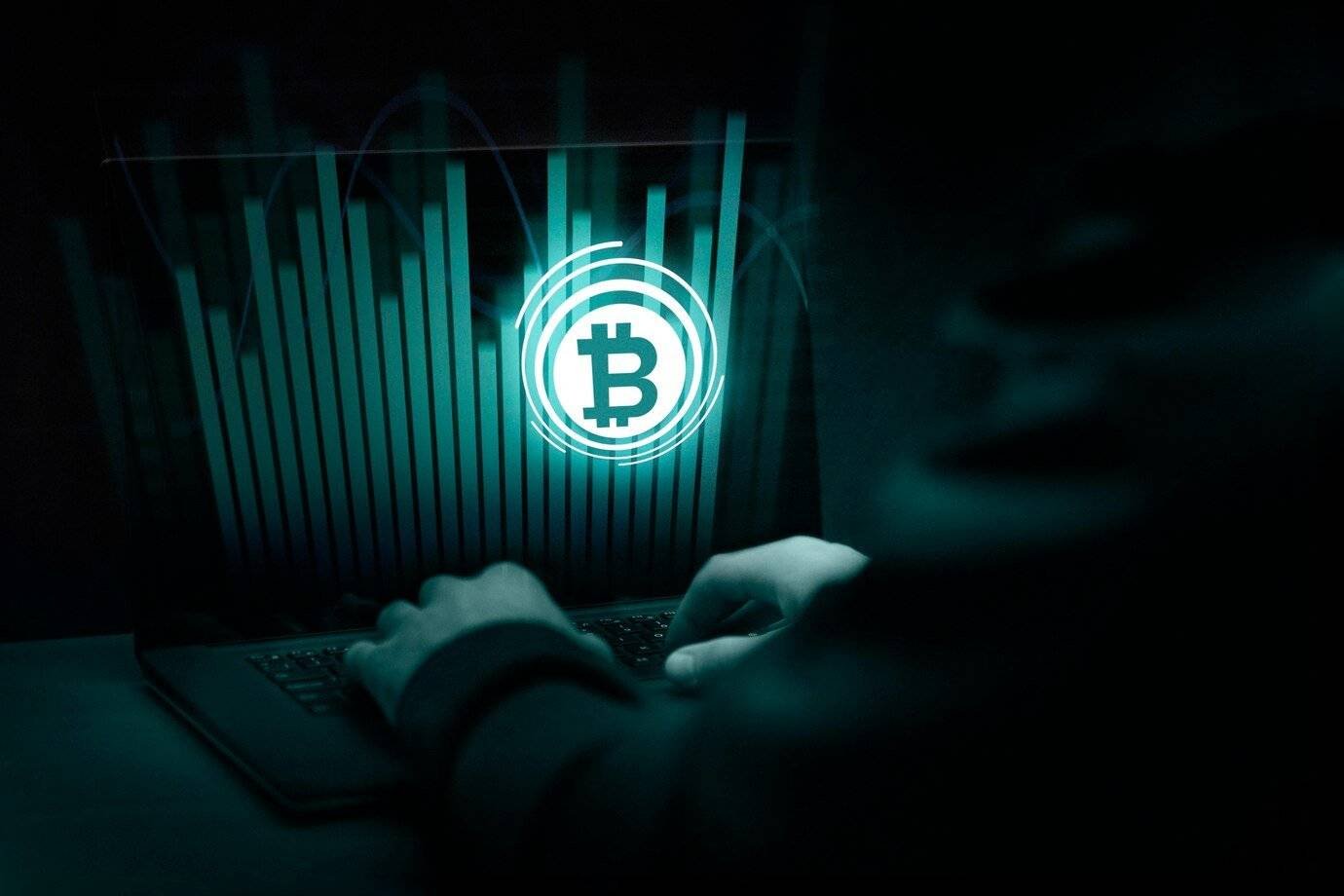Every day, cybercriminals come up with new strategies in our hyperconnected world. Baiting is one of those sneaky tricks that slips under the radar. It uses people’s curiosity to get them to click or plug something in. In simple words, baiting is when attackers tempt you with freebies so you hand over your info or give them access. This section explains how it works and how you can steer clear of it.
What Is Baiting in Cyber Security?
What Is Baiting is basically an old school trick dressed up for the digital age. It’s when scammers tempt you with something that looks useful or valuable to get you to let your guard down.
For example:
- You find a USB in the parking lot and plug it in out of curiosity.
- You click an ad that promises expensive software for free.
- You see links for free games or movies that aren’t from legit sites.
- You get pop-ups shouting about fake prizes.
If you take the bait, you could end up with malware or your private info stolen. Spotting these tricks early helps you steer clear of them.
How Baiting Works: Common Tactics Used by Hackers
Baiting works because it preys on human curiosity, greed, or a desire for convenience. Let’s look at the most common baiting techniques:
- Malicious USB Drops
USB drives are left by attackers in public areas like parking lots and office lobbies. When a person plugs it into their computer, malware is installed automatically. - Fake Online Ads or Giveaways
Ads promising free expensive stuff are bait. They often lead to shady sites that hide malicious downloads. - Pop-up Messages and Clickbait
Those scary pop-ups claiming your PC is infected trick people into clicking risky links. - Spoofed Sites Offering Free Stuff
Some sites pretend to be trusted brands but exist only to get you to download bad files or enter private info.
Criminals rely on your curiosity or rush. Making you an easy target if you don’t pause to think.
Why Baiting Is So Dangerous
Baiting might seem harmless at first glance like picking up a free flash drive or downloading a free app but it can create real security risks.
If someone falls for it, they might expose their device to malware, lose sensitive information or even put their company at risk. For example:
- Malware can quietly steal data or watch what you do.
- Important files or account details can get leaked or sold.
- Criminals might use your identity to open accounts or spend your money.
- In a workplace, one infected USB can spread threats across a whole network.
The danger of baiting lies in how easily it tricks our natural curiosity and our habit of grabbing a deal without thinking twice.
How to Stay Safe Online: Practical Tips
You do not need to be a computer expert to keep yourself safe from baiting. A few simple steps can really help:
- Never plug in unrecognized USB devices
Never use USBs you didn’t get from a trusted source. If you find one, give it to your IT department or get rid of it safely.
- Avoid downloading from suspicious websites
Always download software or files from trusted, official websites. If something looks odd, don’t risk it. - Be skeptical of “free” giveaways
Be careful with free offers that sound too perfect. Avoid random pop-ups and ads that promise big rewards. - Use reliable antivirus and firewall protection
Keep your antivirus and firewall tools updated so they can catch threats early. - Think before you click
Take a moment before you click on anything unexpected. This quick habit can protect you from falling into traps.
Good habits and a healthy dose of skepticism are your best defense against baiting attacks.
Baiting vs Other Cyber Attacks: What Makes It Different?
You might wonder how baiting compares to more well-known attacks like phishing or malware. While they share similarities, baiting has a unique psychological edge.
| Type of Attack | Primary Tactic | Example |
| Baiting | Lures with something tempting | Free USB, fake software deal |
| Phishing | Pretends to be a trusted source | Fake emails from your bank |
| Malware | Software designed to cause harm | Trojan horse in a fake download |
| Pretexting | Builds a false sense of trust | Impersonating a co-worker |
Baiting is dangerous because it uses your natural curiosity or desire for reward against you often without you realizing it until it’s too late.
Conclusion
Baiting is a clever and dangerous form of cyber attack that can trick even the smartest internet users and make them their prey. By understanding what baiting is in cyber security and recognizing or acknowledging the warning signs, one can prevent cyber attacks.
Stay aware and informed. Stay cautious. One must always think before clicking or plugging something in. Knowing how baiting works could be what protects your data from becoming a hacker’s next target.
FAQs About Baiting in Cyber Security
Baiting is when hackers offer something tempting like free software, music, or a USB drive to trick people into clicking or plugging it in. Once you take the bait, they can infect your device or steal your data.
There is no such thing as free offers or 100%off ads, look out for suspicious free offers, pop-ups claiming you’ve won something, or unfamiliar USB devices. If it seems too good to be true or you didn’t ask for it, it’s likely a trap.
Baiting and phishing are both different types of scams. Phishing is basically pretending to be some trusted source in order to retrieve data from the user, while baiting uses offers or clickbait to get into the system to steal the data or to corrupt the data.
Indeed, the workplace can be the target as all the confidential data is there. Hackers may leave infected USBs near offices or maybe send employees fake promotions leading to cyberattack. If opened, the malware will spread through either on the system or entire network.
Do not plug in any USB or any new device which the user is unaware of, don’t click or open any suspicious ads or links, download only from trusted sources and not just any online website and always keep your antivirus software up to date and active.


















